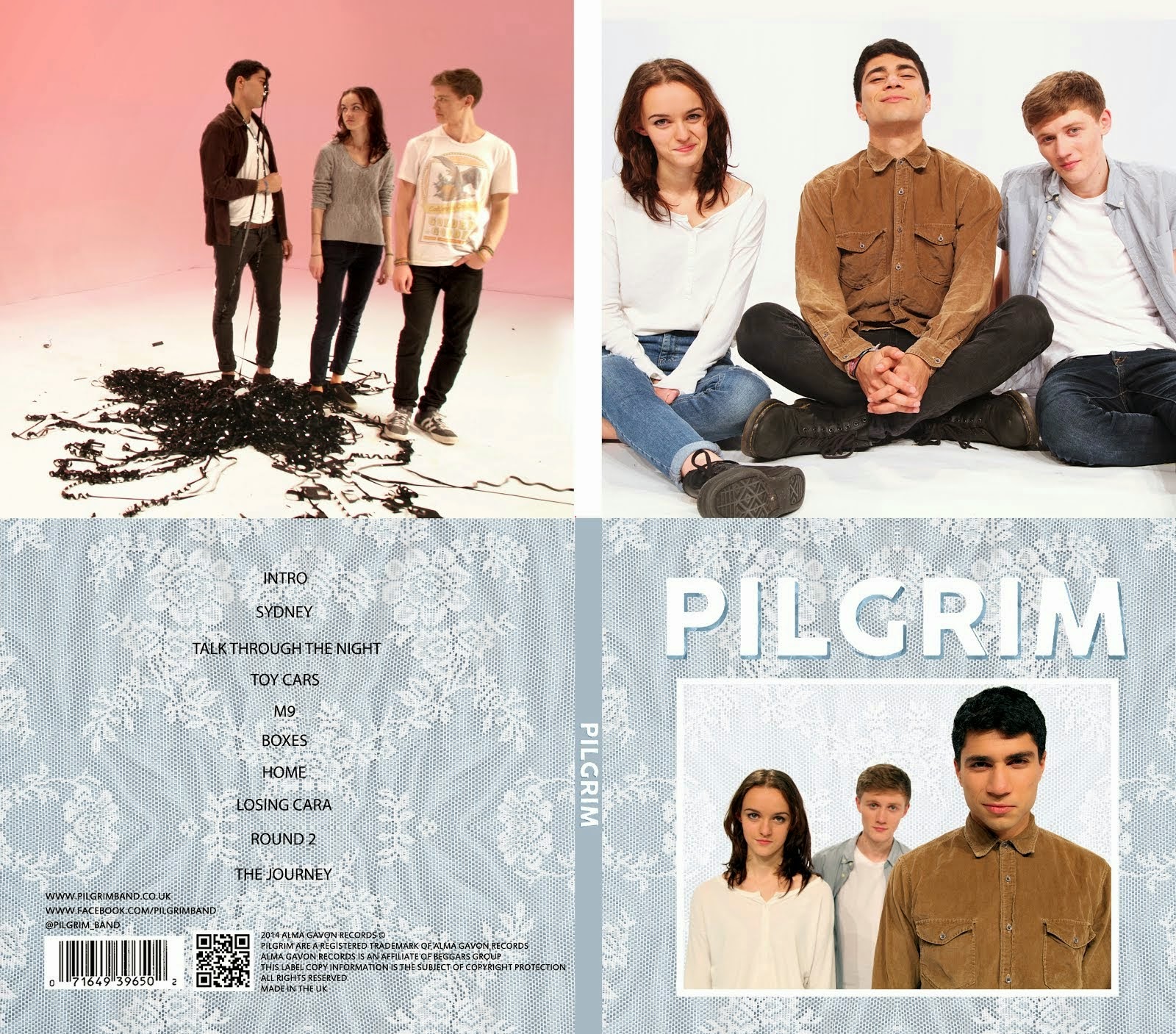Our film is about a boy who is paranoid. is paranoia cause him to see things and sometimes do things. In the film, it causes him to do something very bad and this is what drives the plot and moves the film along. In this film opening, the boy's daily routine is shown. It starts with him going to school, shows him eating lunch, doing his homework, etc, and finishes with him staring up at a dark and hellish sky. The idea was that as the day progresses, he feels more and more isolated and his visions and hallucinations become more vivid and demonic.
This opening does not give away a lot. It is obvious from the grungy font, the crack effect on the screen and the sky in the last frame that the film is very dark and psychological. The sequence shows the boy's isolation as he is alone in every frame, looking thoughtful and troubled. The words and titles in the sequence show some of the people who had important roles in making the film such as the actors and the director.
The titles link to the main idea of the film mainly by the font that has been used, which is scratchy, grungy and dark. The film is also dark and the audience get a sense of this straight away because of the titles. They are integrated into the scenes but they are not the main focus and do not draw the attention of the viewer away from what else is happening on-screen.
The opening is fairly ambiguous. It does not directly tell the viewer what is happening but it is made very clear that something is wrong, shown by the fonts and the cracked screen. It is also made fairly obvious that this is the boys daily school routine as he is shown getting books from his locker and studying. The audience are supposed to be wondering what is wrong, why the boy's world seems so dark and why there is such a great sense of isolation.
boy introduced. theme/genre introduced. enigma.
Three things that I included in my grid that are important in the construction of an opening sequence:
- The main character is introduced. He is the only person in the sequence and so it is made clear that he will play an important role in the film.
- The theme and genre are introduced. The opening is highly stylised. It is dark and slightly hellish (the sky in the final frame). Straight away, this tells the audience that the film will be very dark and psychological. It is clear that the film's genre is horror/thriller.
- There is an enigma. What is the problem that the boy is facing and why is he seeing all these strange things? The audience is left wondering straight away about what is happening in the film, engaging them and making them pay close attention. This will cause them to be more immersed in the film and will hopefully make the film better.
This opening is quite effective. Obviously, with more time we would have been able to improve it. However, there is a strong sense of genre and there is a progression in the sequence. This makes it effective at introducing the film.




